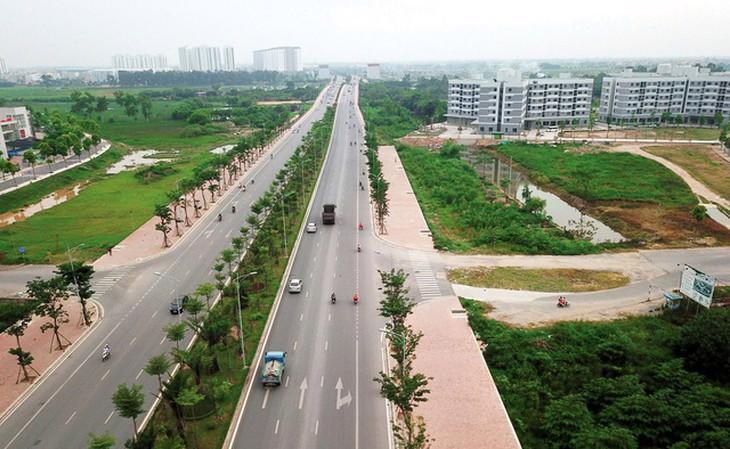It is forecasted that from 2021 through 2030, non-agricultural land will continue to increase to meet the demand for using land to industrialize and modernize the country. Particularly, the area of residential land by 2030 will rise by about 150-180 thousand hectares...

The trends of land use change are mainly the shifting of land from the group of unused land to be exploited and put into use; from group of agricultural land to non-agricultural land; from agricultural land to service and industry land, urban land, infrastructure land; from small-scale agricultural land to concentrated agricultural land...
According to the Ministry of Natural Resources and Environment, the reduction of the cultivated land area is mainly due to land acquisition and the change of purpose using for non-agricultural land (public works, urban development and rural residential areas or production and business land). Besides, in many localities, due to the implementation of the new rural construction program, many inefficient rice fields have been converted to other types of agricultural land with higher economic value.
It is predicted that in the period of 2021-2030, non-agricultural land will continue to increase to meet the land use demand for industrialization and modernization of the country. Recognizing the trend of fluctuations in some non-agricultural land types, the draft of the Ministry of Natural Resources and Environment said that, with the goal of raising the share of industry in GDP by 2030 to over 40%, the whole country is forecasted to need to arrange about 200-220 thousand hectafres of industrial park land (including industrial park land in economic zones), concentrated mainly in key economic zones.
As for land for infrastructure development, it is forecasted that by 2030, the country's land for infrastructure development will increase by 400-600 thousand hectares, focusing on the development of technical and social infrastructure. Particularly for residential land, in recent years, the process of urbanization has taken place at a rapid pace and the movement of new rural construction has been speeded up. According to statistics, the urbanization rate increased from about 19.6% with 629 urban centres in 1999 to about 39.5% with 853 urban centres in 2020. Besides many new urban areas formed and developed; existing urban centres are gradually upgraded, renovated and expanded in terms of land scale, technical and social infrastructure.
During the last period 2011-2020, the area of agricultural land group increased steadily, from 26.23 million hectares to 27.99 million hectares and non-agricultural land group increased from 3.71 million hectares to 3.93 million hectares. The biggest change is that unused land has dropped sharply from 3.16 million hectares to 1.21 million hectares in the same period (area put into use is over 1.95 million hectares). This shows that the exploitation and use of land resources for different purposes has been and is being promoted.
Source: VnEconomy